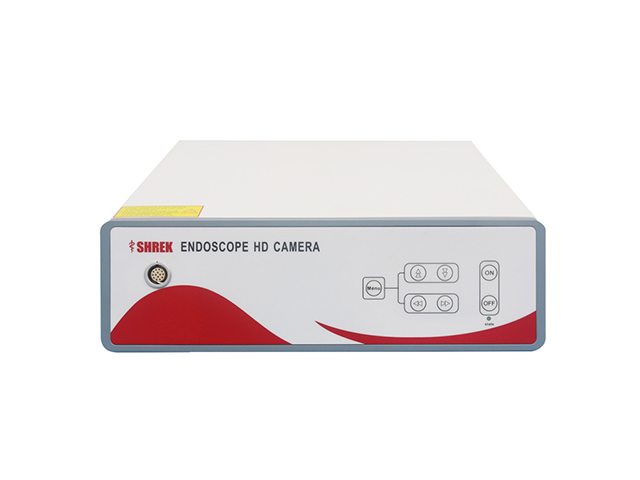SHREK NEWS
What can an Veterinary endoscope do

A veterinary endoscope is a medical device that is used by veterinarians to examine the internal organs and body cavities of animals. It is a flexible or rigid tube with a small camera and light at the end that allows the veterinarian to view the inside of the animal's body.
Some of the specific things that a veterinary endoscope can do include:
Visual examination of the digestive tract: With the help of an endoscope, the veterinarian can inspect the esophagus, stomach, and small intestine of the animal to diagnose conditions such as ulcers, inflammation, or foreign objects.
Respiratory tract examination: An endoscope can also be used to examine the airways of animals such as horses, dogs, and cats, which can help in diagnosing conditions like asthma or pneumonia.
Urinary tract examination: By inserting an endoscope into the urinary tract of the animal, the veterinarian can diagnose problems such as bladder stones or tumors.
Examination of other internal organs: Endoscopy can also be used to visualize other internal organs such as the liver, pancreas, or spleen to diagnose diseases or abnormalities.
Biopsies: In some cases, a veterinarian can use an endoscope to take a small tissue sample (biopsy) from the animal's internal organs for further testing and diagnosis.
Overall, the use of veterinary endoscopy has become an essential tool in the diagnosis and treatment of many conditions in animals.




